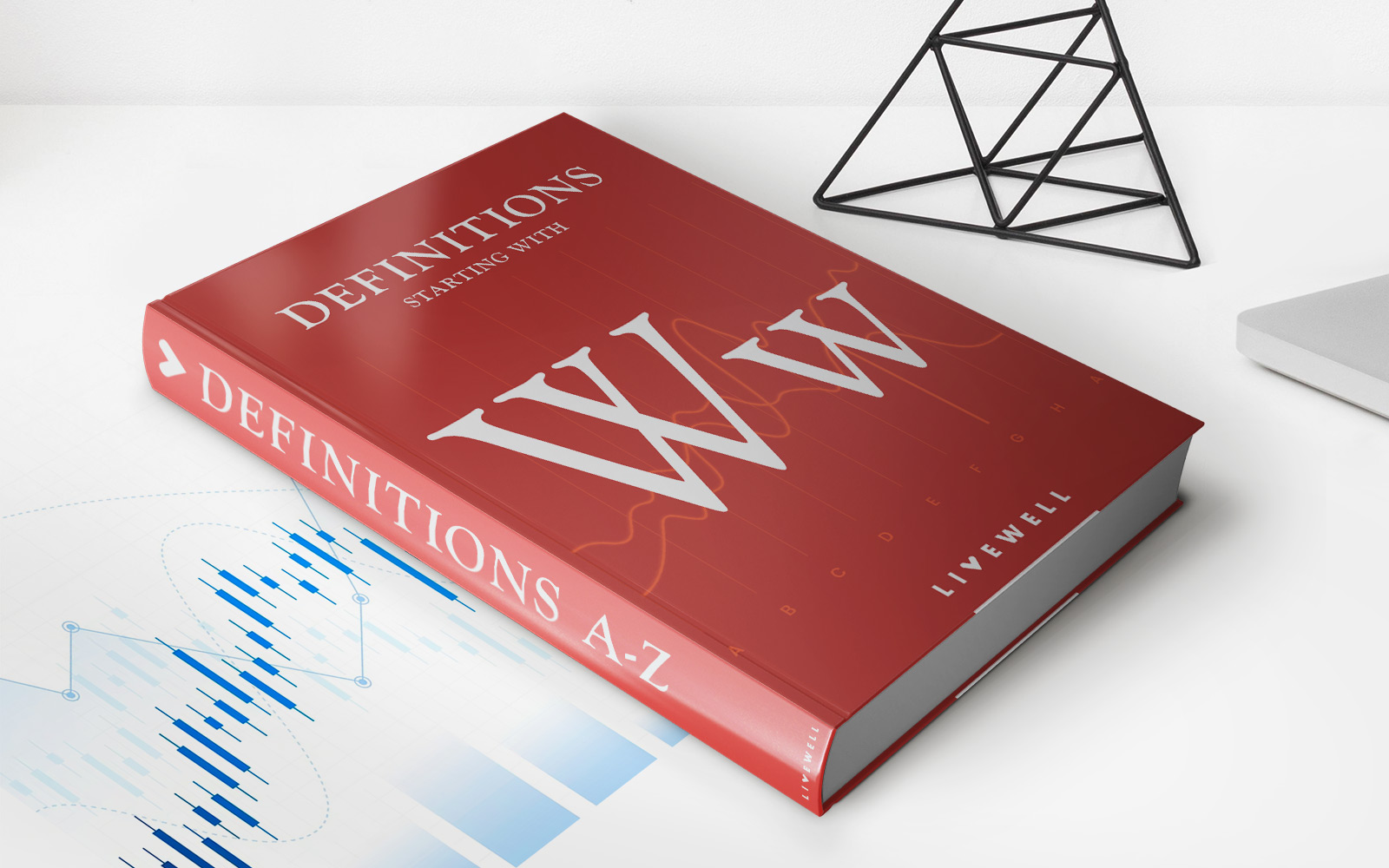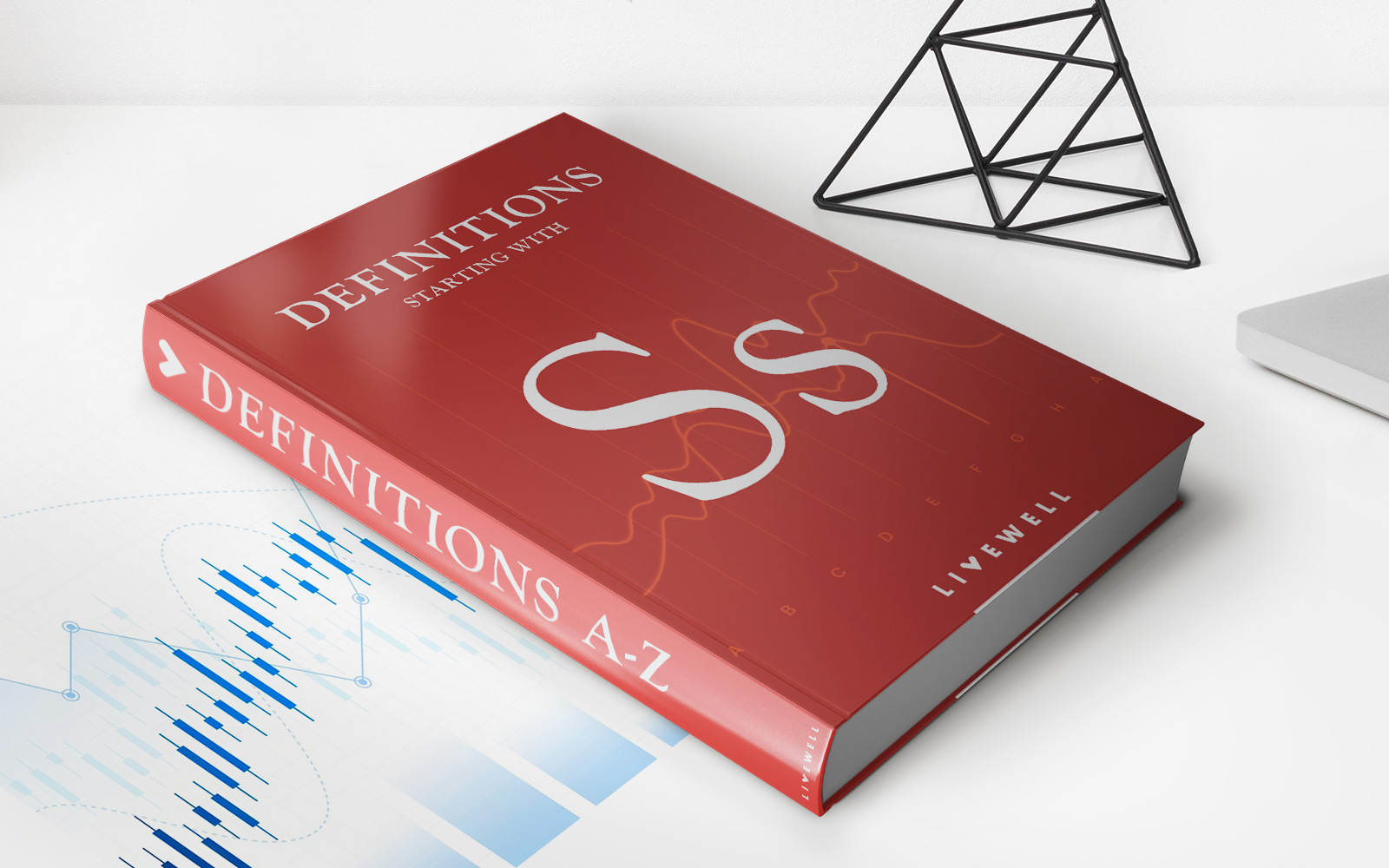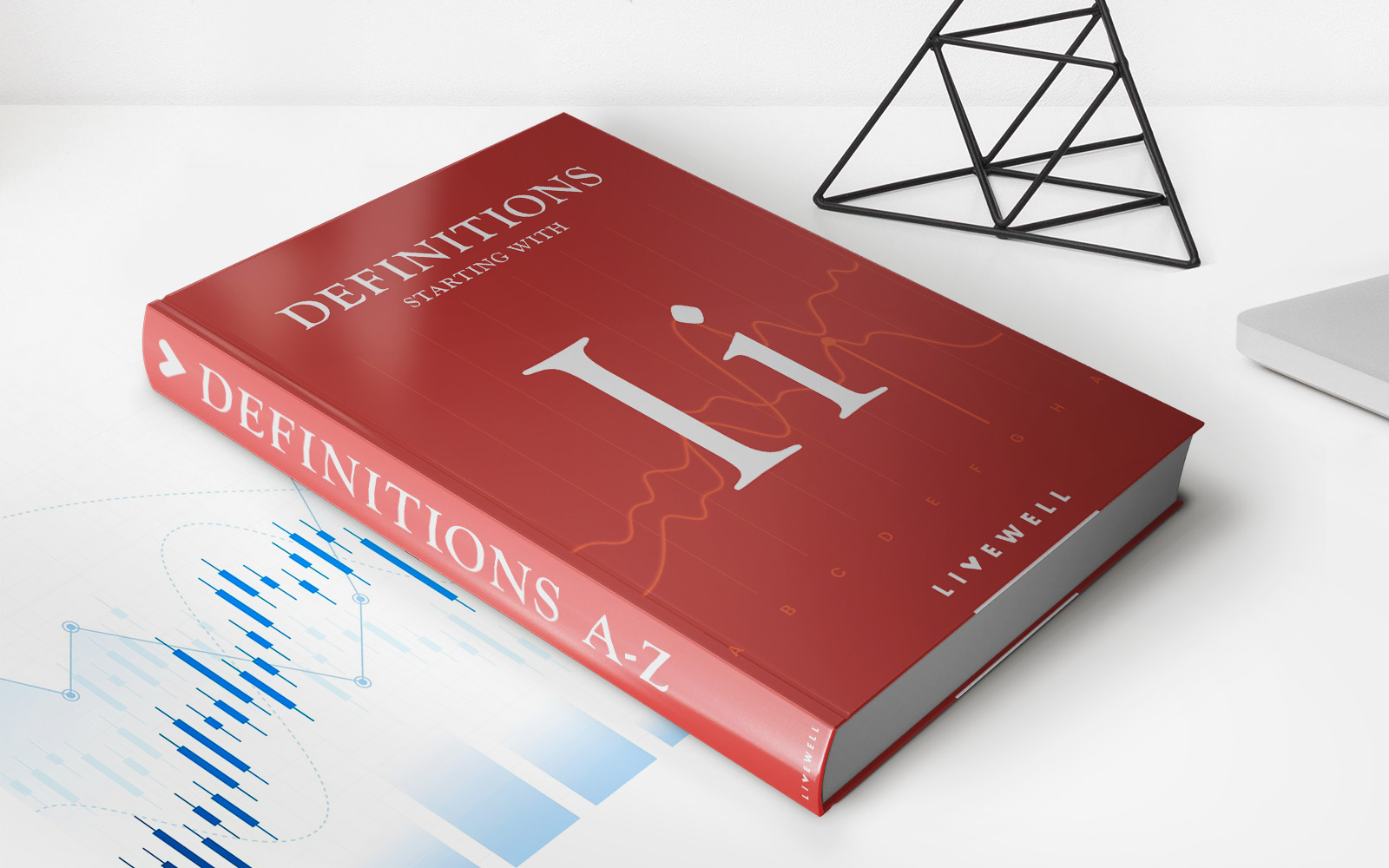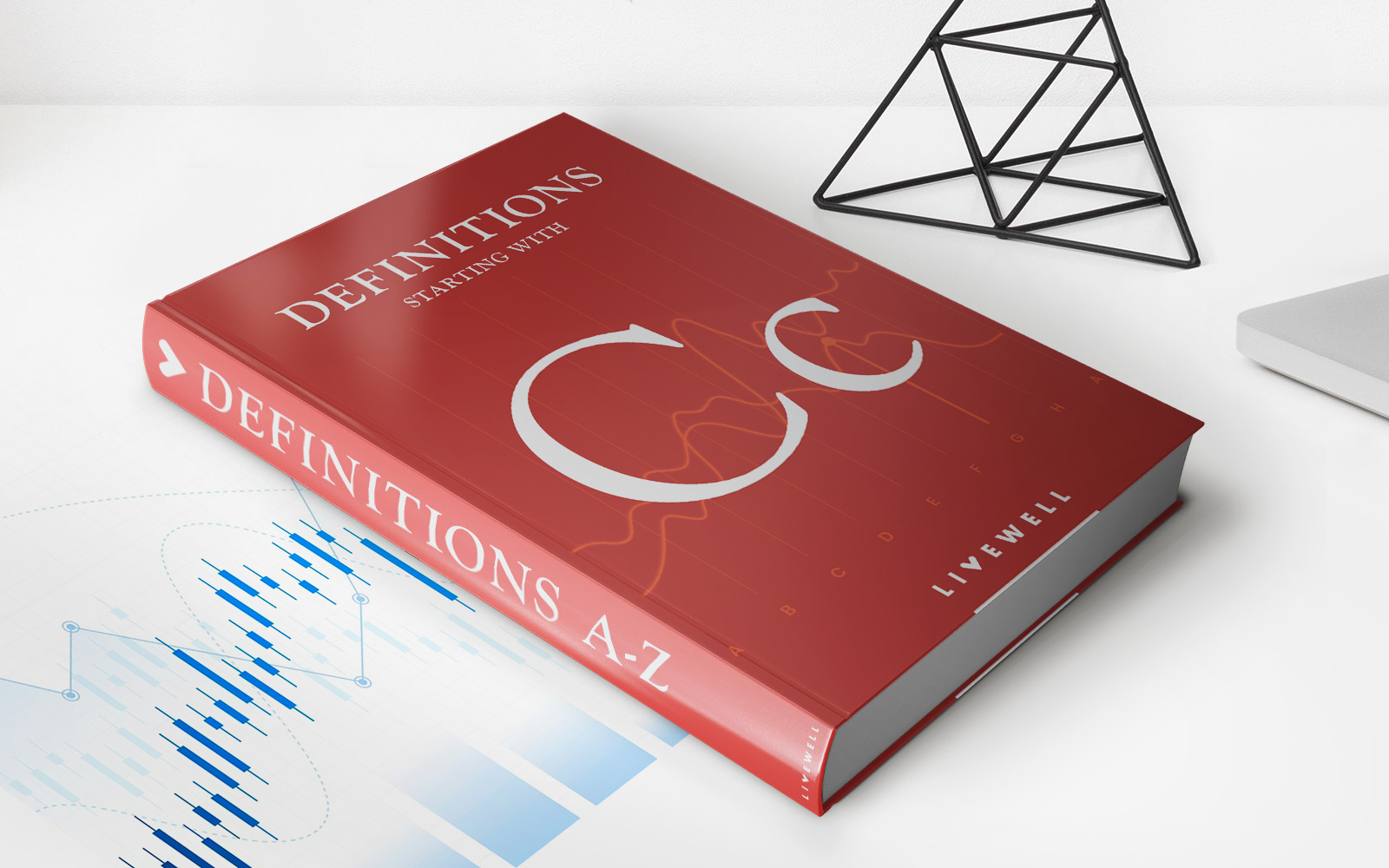

Finance
What Is An Insurance Waiting Period?
Published: November 8, 2023
Learn about insurance waiting periods and how they can affect your finances. Understand the importance of waiting periods in insurance policies and how they can impact your coverage and claims.
(Many of the links in this article redirect to a specific reviewed product. Your purchase of these products through affiliate links helps to generate commission for LiveWell, at no extra cost. Learn more)
Table of Contents
Introduction
When it comes to insurance, there are various terms and concepts that can be confusing to understand. One such term is the insurance waiting period. Whether you are considering health insurance, life insurance, or any other type of insurance policy, it is important to have a clear understanding of what an insurance waiting period is and how it works.
An insurance waiting period refers to a designated period of time that needs to pass after purchasing an insurance policy before certain benefits or coverage can be accessed. During this waiting period, the policyholder is not eligible to receive certain benefits or file claims for specific circumstances.
The duration of an insurance waiting period can vary depending on the type of insurance and the specific policy terms. It is essential to carefully review and understand the waiting period specified in your insurance policy to manage your expectations and make informed decisions.
Insurance waiting periods are commonly implemented by insurance providers to protect themselves from potential fraud and to prevent individuals from purchasing a policy when they are already aware of an impending need for coverage. This allows insurance companies to maintain solvency and offer coverage to a large pool of individuals while minimizing their risks.
In this article, we will delve deeper into the definition of insurance waiting periods, how they work, the different types of insurance waiting periods, their purpose, the pros and cons associated with them, exceptions to waiting periods, and how to effectively navigate through them. By the end of this article, you will have a comprehensive understanding of insurance waiting periods and be better equipped to navigate the complex world of insurance.
Definition of Insurance Waiting Period
An insurance waiting period, also known as a qualifying period, is a specific timeframe that a policyholder must wait before certain benefits or coverage can be accessed under an insurance policy. It is a waiting period stipulated by the insurance provider and outlined in the policy terms and conditions.
The purpose of an insurance waiting period is to protect the insurance company from adverse selection, which refers to the situation where individuals only purchase insurance when they anticipate a need for coverage. By implementing a waiting period, insurers can ensure that policyholders have a genuine intent to maintain coverage for the long term.
The waiting period can vary depending on the type of insurance coverage. For instance, in health insurance, it is common to have waiting periods for pre-existing conditions, dental surgeries, and maternity coverage. In life insurance, waiting periods may apply to suicide clauses or certain medical conditions.
During the waiting period, the policyholder is not eligible to receive benefits or make claims related to the specific circumstances outlined by the insurance provider. It is important to note that the waiting period does not apply to all aspects of the insurance policy. The policyholder can typically access coverage for other non-restricted conditions and benefits during this time.
The duration of an insurance waiting period can range from a few days to several months, depending on the policy terms and conditions set by the insurance company. It is essential for policyholders to carefully review and understand the waiting period stipulations when considering purchasing an insurance policy.
It is worth noting that waiting periods can vary between insurance providers and policies. Some insurance companies may allow the option to reduce or waive certain waiting periods by paying an additional premium or meeting specific criteria.
Overall, the insurance waiting period serves as a means for insurance companies to protect themselves from potential fraud and to ensure the stability and sustainability of their operations. It is crucial for policyholders to understand the waiting period associated with their insurance policy to avoid any unexpected surprises when seeking coverage.
How Insurance Waiting Periods Work
Insurance waiting periods are designed to establish a specific timeframe before certain benefits or coverage can become accessible to the policyholder. Understanding how these waiting periods work is essential for individuals seeking insurance coverage.
When a policyholder purchases an insurance policy, they become subject to the waiting period outlined in the policy’s terms and conditions. During this waiting period, the policyholder is not eligible to receive benefits or file claims for specific circumstances identified by the insurance provider.
The waiting period begins from the policy’s effective date or the date of the specific event triggering the need for coverage. For example, in health insurance, the waiting period for pre-existing conditions may start from the policy’s effective date, while the waiting period for maternity coverage may begin from the date of conception.
It is important to note that not all insurance policies have waiting periods. The existence and duration of a waiting period largely depend on the type of insurance and the specific policy terms.
During the waiting period, the policyholder is responsible for paying their premiums as scheduled. While they are unable to claim benefits for the restricted coverage, they can still access coverage for other non-restricted conditions and benefits provided by the policy.
Once the waiting period has elapsed, the policyholder becomes eligible to receive benefits and file claims for the specific circumstances outlined by the insurance provider. It is crucial to review the policy documents to understand which benefits become accessible after the waiting period ends and the procedures for filing claims.
It is worth noting that insurance waiting periods serve as a means for insurance companies to manage risks and maintain the financial stability of their operations. By implementing waiting periods, insurers can safeguard against individuals purchasing policies only in response to an anticipated need for coverage, which can lead to adverse selection and potential financial losses for the company.
It is important for individuals considering insurance coverage to carefully review the waiting period stipulations in the policy documents. Understanding the waiting period and its implications can help policyholders make informed decisions, manage expectations, and ensure their coverage aligns with their specific needs.
Types of Insurance Waiting Periods
Insurance waiting periods can vary depending on the type of insurance and the specific policy terms. Here are some common types of insurance waiting periods:
- Initial Waiting Period: This is the waiting period that starts from the policy’s effective date. It typically applies to all new policyholders and covers a range of conditions or benefits. The duration of the initial waiting period can vary, usually ranging from 30 to 90 days. During this time, the policyholder is not eligible to receive benefits related to the specified conditions.
- Pre-Existing Conditions Waiting Period: This waiting period applies to health insurance policies and covers any pre-existing medical conditions. The duration of this waiting period can vary, but it is commonly around 6 to 12 months. During this time, the policyholder cannot make claims or receive benefits related to the pre-existing conditions identified in the policy.
- Maternity Waiting Period: This waiting period specifically applies to health insurance policies and covers maternity-related expenses and benefits. It typically ranges from 9 to 12 months. During this time, the policyholder cannot claim benefits or receive coverage related to maternity expenses, such as prenatal care, childbirth, and postnatal care.
- Dental Waiting Period: Dental insurance policies often have waiting periods for specific dental treatments, such as orthodontics or major restorative procedures. The duration of these waiting periods can vary, ranging from a few months up to a year. During this time, the policyholder is not eligible to claim benefits or receive coverage for the specified dental treatments.
- Waiting Period for Specific Surgeries or Treatments: Some health insurance policies may apply waiting periods for certain surgeries or treatments, such as organ transplants or cosmetic procedures. The duration of these waiting periods can vary depending on the insurance provider and policy terms. During the designated waiting period, the policyholder cannot claim benefits or receive coverage for the specified surgeries or treatments.
- Death by Suicide Waiting Period: This waiting period typically applies to life insurance policies. It refers to a specific period after policy issuance, usually one to two years, during which the insurance company may not pay the death benefit if the insured dies by suicide. After the waiting period, suicide is usually covered by the policy, subject to the policy’s terms and conditions.
It is important to carefully review the insurance policy documents to understand the specific waiting periods associated with the coverage. Each insurance type has its own unique waiting periods and it is crucial to understand how these waiting periods can impact the eligibility for certain benefits or coverage.
Purpose of Insurance Waiting Periods
Insurance waiting periods serve several purposes in the insurance industry. The implementation of waiting periods allows insurance companies to manage risks and maintain the financial stability of their operations. Here are some key purposes of insurance waiting periods:
- Preventing Adverse Selection: Insurance waiting periods help insurers mitigate the risk of adverse selection, which occurs when individuals purchase insurance only when they anticipate a need for coverage. Waiting periods ensure that policyholders have a genuine intent to maintain coverage for the long term, preventing individuals from taking advantage of the system and potentially leading to financial losses for the insurance company.
- Maintaining Financial Stability: By implementing waiting periods, insurance companies can ensure their financial stability and solvency. Waiting periods allow insurers to spread out the financial risk over a longer period of time, ensuring that they can fulfill their obligations and provide coverage to a large pool of policyholders without exposing themselves to excessive financial risks.
- Preventing Fraud: Waiting periods act as safeguards against potential fraud. They help insurance companies identify policyholders who may attempt to purchase coverage after becoming aware of an impending need for specific benefits or coverage. By imposing waiting periods, insurers can minimize the risk of fraudulent claims and maintain the integrity of the insurance system.
- Controlling Costs: Waiting periods can also help insurance companies control costs. By delaying coverage for certain benefits or conditions, insurers can manage the financial impact of high-cost claims that may arise immediately after policy inception. Waiting periods allow insurance companies to balance the risk of costly claims while ensuring that policyholders can still access coverage for non-restricted conditions during the waiting period.
- Promoting Long-Term Coverage: Insurance waiting periods encourage individuals to maintain coverage for the long term, rather than using insurance as a short-term solution for immediate needs. By requiring individuals to wait for a specific period before accessing certain benefits, insurers incentivize policyholders to maintain continuous coverage and minimize the occurrence of individuals dropping their coverage after their immediate needs are met.
Overall, insurance waiting periods play a vital role in maintaining the stability and sustainability of the insurance industry. While they may cause temporary limitations on coverage, waiting periods are designed to protect both insurance companies and policyholders by ensuring the long-term viability of the insurance system and providing adequate financial protection when needed.
Pros and Cons of Insurance Waiting Periods
Insurance waiting periods have their advantages and disadvantages for both insurance providers and policyholders. Understanding the pros and cons of insurance waiting periods is essential for individuals considering insurance coverage. Here are some of the key benefits and drawbacks:
Pros of Insurance Waiting Periods:
- Risk Management: Waiting periods help insurance companies manage risks by preventing individuals from purchasing coverage only when they anticipate a need for specific benefits or coverage. This protects insurers from adverse selection and helps maintain the financial stability of their operations.
- Cost Control: Waiting periods assist insurance companies in controlling costs. By delaying coverage for certain benefits or conditions, insurers can mitigate the financial impact of high-cost claims, especially in the early stages of a policy. This allows insurers to offer more affordable premium rates to policyholders.
- Reduced Fraud: Waiting periods act as a deterrent to potential fraud. They minimize the risk of individuals purchasing coverage after becoming aware of an impending need for specific benefits or coverage. By imposing waiting periods, insurance companies can maintain the integrity of the insurance system and prevent fraudulent claims.
- Promote Long-Term Coverage: Insurance waiting periods encourage individuals to maintain continuous coverage over the long term. By requiring individuals to wait for a specific period before accessing certain benefits, insurers incentivize policyholders to keep their coverage in force, ensuring they have the necessary protection in place when unexpected events occur.
Cons of Insurance Waiting Periods:
- Limited Immediate Coverage: Waiting periods can restrict policyholders from accessing benefits immediately after purchasing a policy. This could be challenging for individuals who require immediate coverage for specific conditions or circumstances.
- Potential Delay in Care: Waiting periods may result in a delay in receiving necessary medical treatments and services during the initial period of coverage. This can be problematic, especially for individuals with pre-existing conditions or those in need of urgent medical attention.
- Complexity and Confusion: Understanding the waiting period stipulations in insurance policies can be complex and confusing for policyholders. It is essential to carefully review the policy terms and conditions to fully comprehend the waiting period requirements and limitations.
- Adverse Financial Impact: Waiting periods may create a financial burden for policyholders who need coverage for specific benefits or conditions immediately. This can lead to out-of-pocket expenses or the need to seek alternative sources of temporary coverage during the waiting period.
It is important to weigh the pros and cons of insurance waiting periods based on individual circumstances and needs. While waiting periods serve an important purpose in managing risks and maintaining the integrity of the insurance system, they can also present challenges for policyholders who require immediate access to certain benefits or coverage. Being aware of waiting period requirements and planning accordingly can help mitigate the potential drawbacks and ensure individuals have the necessary coverage when they need it most.
Exceptions to Insurance Waiting Periods
While insurance waiting periods are a standard practice in the insurance industry, there are certain exceptions where policyholders may be able to bypass or have reduced waiting periods. These exceptions can vary depending on the type of insurance and the specific policy terms. Here are some common exceptions to insurance waiting periods:
- Group Coverage Transfer: If an individual transitions from one group insurance plan to another, and the waiting period for a specific benefit has already been satisfied under the previous plan, the policyholder may be exempt from serving another waiting period for that particular benefit in the new plan.
- Creditable Coverage: In health insurance, if an individual has had previous continuous health insurance coverage, they may be able to credit the time spent under the previous plan towards the waiting period of a new plan. This is known as creditable coverage, and it helps to reduce or eliminate the waiting period for specific benefits.
- Affiliation Period: Some health insurance plans have an affiliation period, which is a waiting period before coverage begins for individuals who are joining a group plan. However, if an individual already had creditable coverage, this affiliation period may be waived or reduced, and the coverage can start immediately.
- Waived Waiting Period: In certain cases, insurance providers may offer the option to waive waiting periods for certain benefits or conditions by paying an additional premium. This typically applies to individuals who have an immediate need for coverage or who can demonstrate that they do not pose a significant risk to the insurance company.
- Emergency Situations: Emergency situations, such as accidents or sudden illnesses, may warrant an exception to waiting periods. Insurance providers generally provide coverage for emergency medical treatments or hospitalizations immediately, even if there is an existing waiting period for other conditions or benefits.
- State or Regulatory Laws: In some cases, state or regulatory laws may override insurance waiting periods. These laws may provide specific guidelines or requirements regarding waiting periods or exemptions, ensuring that policyholders have timely access to certain benefits or coverage.
It is important for policyholders to carefully review their insurance policy documents and consult with their insurance provider to understand any potential exceptions or options available to bypass or reduce waiting periods. Each insurance provider may have specific rules and processes in place to address exceptions, and it is essential to explore these possibilities to ensure adequate coverage when necessary.
How to Navigate Insurance Waiting Periods
Insurance waiting periods can present challenges for policyholders, especially when there is a need for immediate coverage. However, there are strategies and steps that individuals can take to navigate through insurance waiting periods effectively. Here are some tips:
- Review Policy Options: Before purchasing an insurance policy, carefully review and compare different options to understand the waiting periods associated with each policy. Consider the waiting periods for specific benefits or conditions that are important to you and choose a policy that aligns with your needs.
- Plan Ahead: If you anticipate needing coverage for specific benefits or conditions in the future, plan your insurance coverage accordingly. Purchase insurance ahead of time to start the waiting period, ensuring that you will be eligible for coverage when you need it.
- Consider Previous Coverage: If you had previous continuous coverage, inquire with your new insurance provider if they offer creditable coverage. This can help reduce or eliminate waiting periods for specific benefits, as the time spent under your previous plan may be considered towards the waiting period on the new plan.
- Understand Emergency Coverage: Familiarize yourself with the emergency coverage provisions in your insurance policy. Even if there are waiting periods for certain benefits, emergency medical treatments or hospitalizations are often covered immediately, allowing you to access vital care in urgent situations.
- Explore Waiver Options: Inquire with your insurance provider if there are any options to waive waiting periods for certain benefits by paying an additional premium. This can be particularly helpful if you have an immediate need for coverage and are willing to pay extra to bypass the waiting period.
- Seek Temporary Coverage: If you require immediate coverage for specific benefits or conditions during the waiting period, consider obtaining temporary coverage through alternate means. This could include short-term insurance plans, government programs, or employer-sponsored programs that may provide coverage until the waiting period on your main policy has ended.
- Stay Informed: Keep yourself informed about the status of your waiting period and when you will become eligible for the benefits or coverage you need. Understand the procedures for filing claims and accessing benefits, so you are prepared to take action once the waiting period has been completed.
- Stay Covered: It is crucial to maintain continuous coverage, even during waiting periods. Maintain timely premium payments to ensure your insurance policy remains in force and to avoid any potential gaps in coverage.
By following these tips, individuals can navigate through insurance waiting periods more effectively, ensuring that they have coverage in place when they need it most. It is essential to review and understand the waiting period requirements in your policy, plan ahead, and explore any options or exemptions available to minimize the impact of waiting periods on your coverage needs.
Conclusion
Insurance waiting periods are an integral part of the insurance industry, designed to manage risks, prevent fraud, and ensure the financial stability of insurance providers. While waiting periods can limit immediate access to certain benefits or coverage, they play a crucial role in maintaining the integrity of the insurance system and protecting both insurers and policyholders.
Understanding insurance waiting periods and their implications is essential for individuals seeking insurance coverage. By reviewing policy options, planning ahead, and exploring exceptions or waiver options, policyholders can navigate through waiting periods effectively and ensure they have appropriate coverage in place when needed.
It is important to carefully review insurance policy documents, consult with insurance providers, and stay informed about the waiting periods associated with specific benefits or conditions. This allows individuals to make informed decisions, manage expectations, and explore alternative coverage options, if necessary, during waiting periods.
While waiting periods may present challenges, they also offer benefits such as risk management, cost control, and long-term coverage incentives. By understanding and accepting the purpose of waiting periods, individuals can make the most out of their insurance coverage and protect themselves financially in the long run.
In conclusion, insurance waiting periods are a fundamental aspect of insurance policies, striking a balance between protecting insurance providers and ensuring policyholders have access to necessary coverage. By navigating waiting periods strategically and staying informed, individuals can effectively manage waiting periods and ensure they have the right coverage in place when it is needed most.














